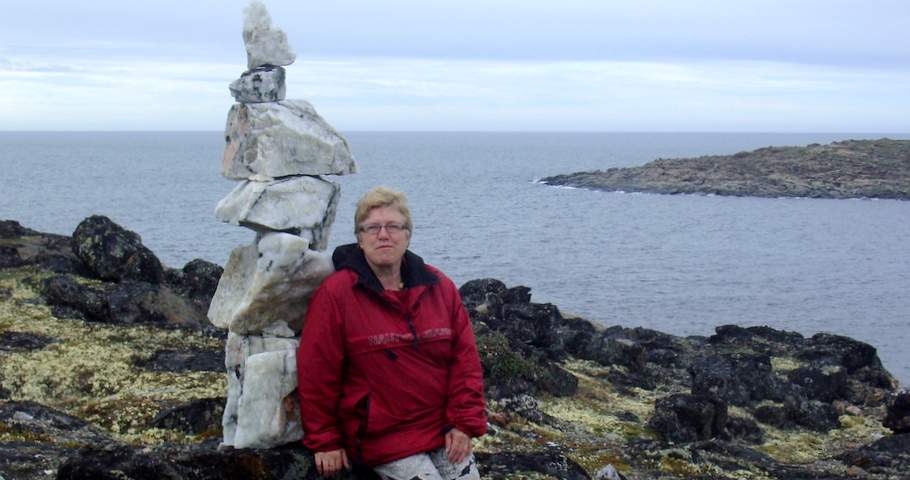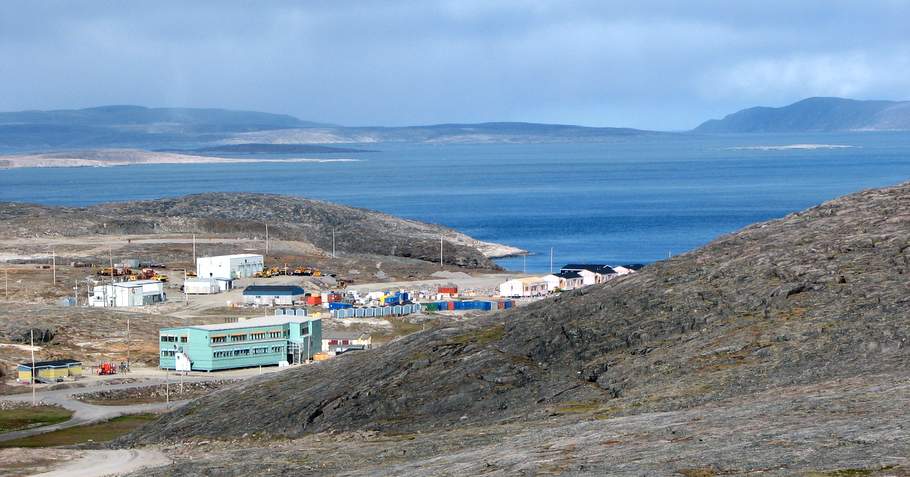In Inuit culture, elders are custodians of a millennial wisdom and knowledge. Only they can transmit the wealth of traditional Inuit culture to future generations. Nevertheless, an element of continuity is necessary to maintain the fundamental values, traditions, language, and resources that characterize Inuit culture. To this end, all of the regional Inuit communities are linked to the larger Inuit community of Canada.
Sunday, October 29, 2017
Friday, July 14, 2017
Restoring at risk communities-doing it together in the pursuit of social justice
The Honourable Carolyn Bennett, M.D., P.C., M.P., Minister of Crown-Indigenous Relations and Northern Affairs says it very well: ‘’Children are our future, and to give them the best possible start in life, we must collectively move from an intervention-based approach of apprehension and protection to prevention-based approaches to community, families and children's rights and well-being. There needs to be better access to mental health services, children need to be protected from sexual exploitation and children’s rights need better protection.
Working in genuine partnership with First Nations is critical to developing community-led solutions for reform that will reduce the number of children in care and result in better health, education and economic outcomes.”
Friday, May 19, 2017
Overcrowded housing of the most northern communities contributes to the maintenance and rise of social problems
 The purpose of the project No Child Should Take the Long Way Home in its final objective is to empower mothers in Nunavik communities in Quebec, Canada to become safer, to be aware of their legal rights, and families to understand the risk factors leading to the removal of their children. Safety standards for women and for children must be designed in services offered to the population of isolated communities.
The purpose of the project No Child Should Take the Long Way Home in its final objective is to empower mothers in Nunavik communities in Quebec, Canada to become safer, to be aware of their legal rights, and families to understand the risk factors leading to the removal of their children. Safety standards for women and for children must be designed in services offered to the population of isolated communities.Overcrowded housing in northern communities contributes to the maintenance and rise of social problems and largely affects safety issues in Nunavik and Nunavut's women and children.
Friday, March 24, 2017
Mothers should have a safe place to go to with their children
 In April 2016, I embarked on an 8,000-kilometer walk across Canada to:
In April 2016, I embarked on an 8,000-kilometer walk across Canada to:1- Raise Canadians' awareness of the reality of Inuit women and children in Nunavik, Quebec;
2- Raise funds to build a safe house for the children of a Nunavik village in northern Quebec.
To date, I have covered five thousand five-hundred and eighty-two kilometres in British Columbia, Alberta, Saskatchewan, Manitoba, parts of Ontario and Quebec.
No Child Should Take the Long Way Home is seeking solutions to counter the number of placements Inuit children are subjected to and to help the mothers recover their children. On September 26th, I had covered 5582 kilometres. The next lap from Rossport, Ontario (2418) should bring me to the end of the 8000-kilometre journey.
Tuesday, February 14, 2017
Differences and similarities between First Nations and Inuit of Canada.
A few weeks ago, I was asked about the differences and similarities between First Nations and Inuit of Canada.
Faced with a daunting list of seemingly unrelated similarities and differences between First Nations and Inuit people, one may feel confused about them.
So, I propose to look at some of the main differences while exposing some of their similarities.
Faced with a daunting list of seemingly unrelated similarities and differences between First Nations and Inuit people, one may feel confused about them.
So, I propose to look at some of the main differences while exposing some of their similarities.
Subscribe to:
Posts (Atom)









